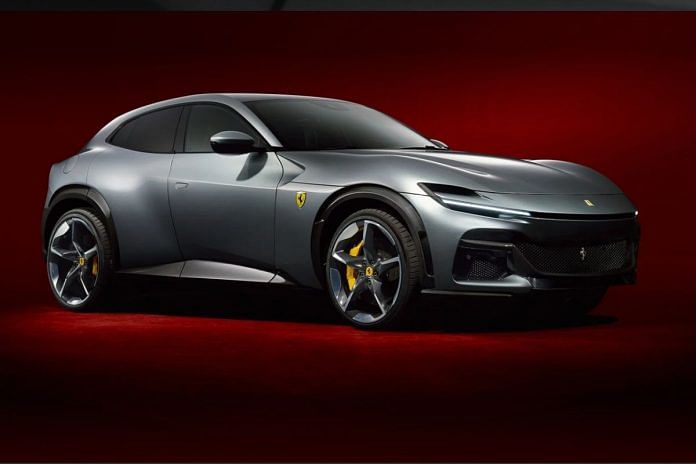It seems like you hear of a new Sports Utility Vehicle being launched in the Indian market almost every week. Last week, it was the Hyundai Exter and this week, we had the first look of the new ‘Made In India’ Citroen C3 Aircross. The French car brand, now part of multinational carmaker Stellantis, is betting big with this vehicle to take on the market-leading Hyundai Creta and Kia Seltos as well as the growing sales of the Maruti-Suzuki Grand Vitara and Toyota Hyryder. And Citroen isn’t the only carmaker that is going to enter this space — Honda is also planning to unveil their SUV in this highly-competitive and fast-growing segment within the next couple of months.
But what’s behind this fascination for SUVs, which hasn’t just gripped India, but other markets too? I spoke to the chief executive officer, Citroen, Thierry Koskas who was in India to unveil the C3 Aircross to understand the craze. “I think there are various reasons, the first is that it provides, generally, more space. Also, you feel safer because you are higher on the road. So there are these practical reasons that make SUVs more attractive.” In fact, he added that even if the share of different body shapes (hatchbacks, sedans and SUVs) will ebb and flow due to electrification, SUVs will maintain their high share. “With electrification, you might see SUVs that are more aerodynamic, more of the ‘crossover’ style but their share will remain high in the market.”
As Koskas puts it, one reason for consumer preference is ‘safety’ and on that front, it is a vicious cycle, says the marketing head of another car company. “The fact is that if you start seeing everyone else have a ‘big’ SUV on the road, the moment you can afford it, you will also buy an SUV because you think it is safer.”
Accidents like the one in which vehicles were seen piled up on the Mumbai-Pune Expressway will only push the case for SUVs in India.
Also read: Volkswagen to Hyundai, carmakers are going all out with ‘premium’. And Indians want more
The race to sell bigger cars
And at a fundamental level, the SUV of today is basically the same car as a sedan, sharing everything but exterior body panels. They are based on the same platform and are also manufactured with the monocoque construction method. Few, if any very Specialised Utility Vehicles, feature four-wheel or all-wheel drive. Most SUVs that you can buy today would perform as well or as poorly as a hatchback or sedan would on most roads. But demand for SUVs has gone so crazy that even Rolls-Royce was forced to make the Cullinan. Hell froze when Ferrari, the Italian supercar manufacturer, the most hallowed of car brands, said they’d make an SUV. To be fair, the Ferrari Purosangue does not look bad at all.
At the recent Maruti-Suzuki results announcement, where the country’s largest carmaker announced record sales and record profits, chairman R.C Bhargava lamented about declining small car sales and how the implementation of new norms has led to a shrinking of the segment as they have made cars more expensive. But Maruti-Suzuki’s own numbers highlight how the Brezza and Grand Vitara are doing extremely well. In fact, robust demand for such vehicles has meant that car companies enjoy pricing power and make meatier margins on such cars compared to smaller hatchbacks, giving dealerships an incentive in selling such cars despite long waiting periods. Volkswagen India brand head Ashish Gupta agrees: consumers can get the Virtus sedan in a matter of weeks (for the large part) but might have to wait almost two months for the mechanically similar Taigun SUV.
This is why Maruti-Suzuki themselves saw a market opportunity for a crossover such as the Fronx. And in order to make it appealing for buyers who might have otherwise chosen a large hatchback, like the Baleno on which it is based, they fitted it with the turbocharged Boosterjet engine and made this variant more expensive than Hyundai’s i20 N-line hatchback, which also has a small and powerful turbocharged motor. Hyundai, for their part, realise the appeal of SUVs as well, and are introducing a subcompact SUV with the Exter, to compete with the likes of the Tata Punch.
@kushanmitra is an automotive journalist based in New Delhi. Views are personal.
(Edited by Anurag Chaubey)



